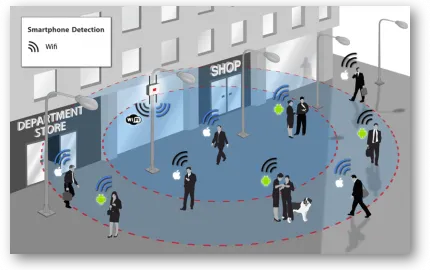Smart Mobility: Indoor Navigation and Bus Queue Analytics

Smart Mobility: Indoor Navigation and Bus Queue Analytics
This project will employ WiFi sensing and machine learning analytics technology to understand the current waiting time and level of people at our bus stops so we can react in real time. The same approach will be used to create Path Advisor 2.0, which senses indoor signal changes to discover one's current location. This will help users easily navigate their way through our campus buildings by showing their actual positions in real time at any location (or floor) on campus.
What is the problem this project is trying to address?
HKUST is a maze to visitors, and even staff who have been here many years still get confused by our blocked hallways and endless winding corridors. Further, there is no way to know the actual number of people and current waiting times at the bus stops without going there in person. Getting lost and waiting in long bus lines are frustrating, a waste of time, and gives a bad impression to our guests.
How does this project support our sustainable smart campus as a living lab vision?
This approach combines smart (award-winning) fusion-based indoor positioning with signal analytics to enable smart mobility for our campus visitors, staff and students while creating the conditions for smart crowd management in real-time. The data obtained by the system can be used for further analysis. As a sustainable operating system, it can be used as an experimental platform for future research projects. It will also help transportation companies dispatch their vehicles in a more timely manner.
What's next?
Wifi and ibeacon sensors will be installed in Spring 2019, and then paired with a user interface for members of our community to start using immediately afterwards. The ibeacons will be installed across campus with the capability to interact with user smart phones, and the new Path Advisor 2.0 will be available for campus users in early 2020.


